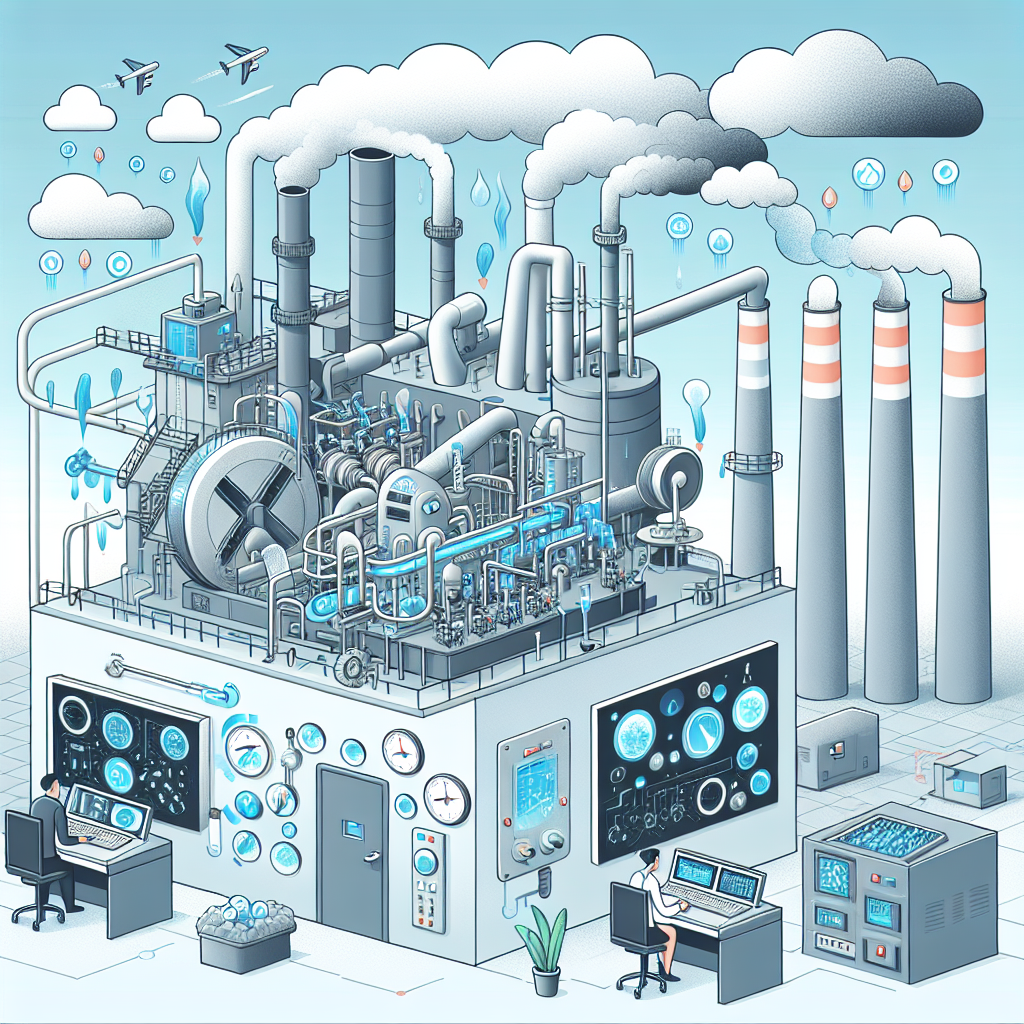Global Nitrous Oxide Emissions: A Critical Climate Challenge
Failing to reduce nitrous oxide emissions could jeopardize the Paris climate agreement's goal to limit global warming to 1.5 degrees Celsius. The Global Nitrous Oxide Assessment reveals a 40% increase in emissions since 1980, primarily from agriculture. Urgent global action could significantly cut future carbon dioxide emissions.

Global efforts to reduce nitrous oxide emissions are crucial to meeting the Paris climate agreement's target of limiting global warming to 1.5 degrees Celsius, according to a groundbreaking report released Thursday.
Nitrous oxide ranks as the third most prevalent greenhouse gas and is the top ozone-depleting gas. The Global Nitrous Oxide Assessment, mirroring the 2021 Global Methane Assessment, highlights potential avenues for emission reductions, guided by successful initiatives like the Global Methane Pledge, aimed at curbing methane emissions by 30% by 2030.
Primarily driven by the agricultural sector's use of synthetic fertilizers and manure, nitrous oxide emissions have risen by 40% since 1980. Experts stress immediate global action to mitigate emissions, which could prevent up to 235 billion metric tons of carbon dioxide equivalents by 2100. Discussions between the U.S. and China, two major emitters, underline the urgent need for cooperative global strategies.
(With inputs from agencies.)
ALSO READ
Austrian Fruit Farming Faces Sharp Decline Due to Climate Change
Article 6: A Double-Edged Sword in the Battle Against Climate Change
Colombia's Economic Growth Sees Boost from Agriculture and Arts
Diageo India Launches Regenerative Agriculture Initiative
Britain to Slash Greenhouse Gas Emissions by 81% by 2035, Says PM Keir Starmer










